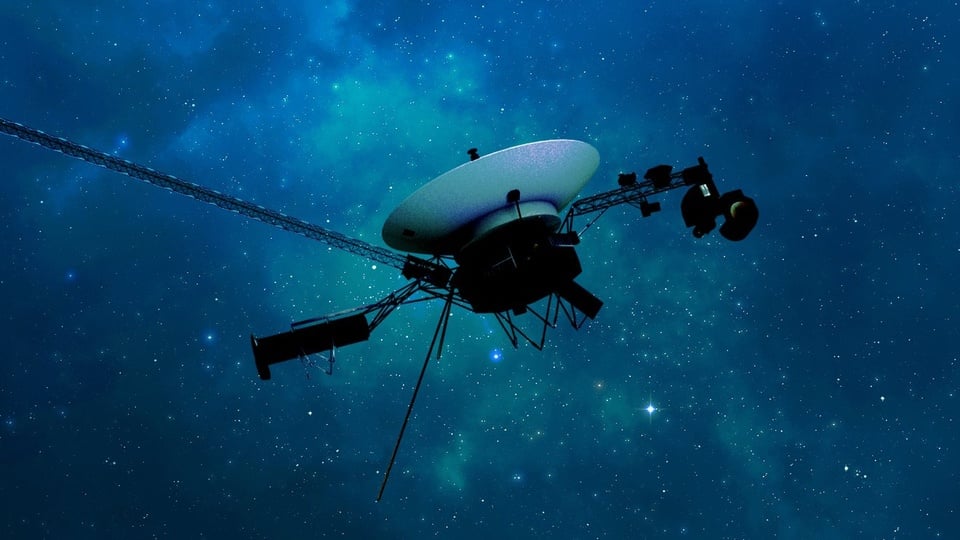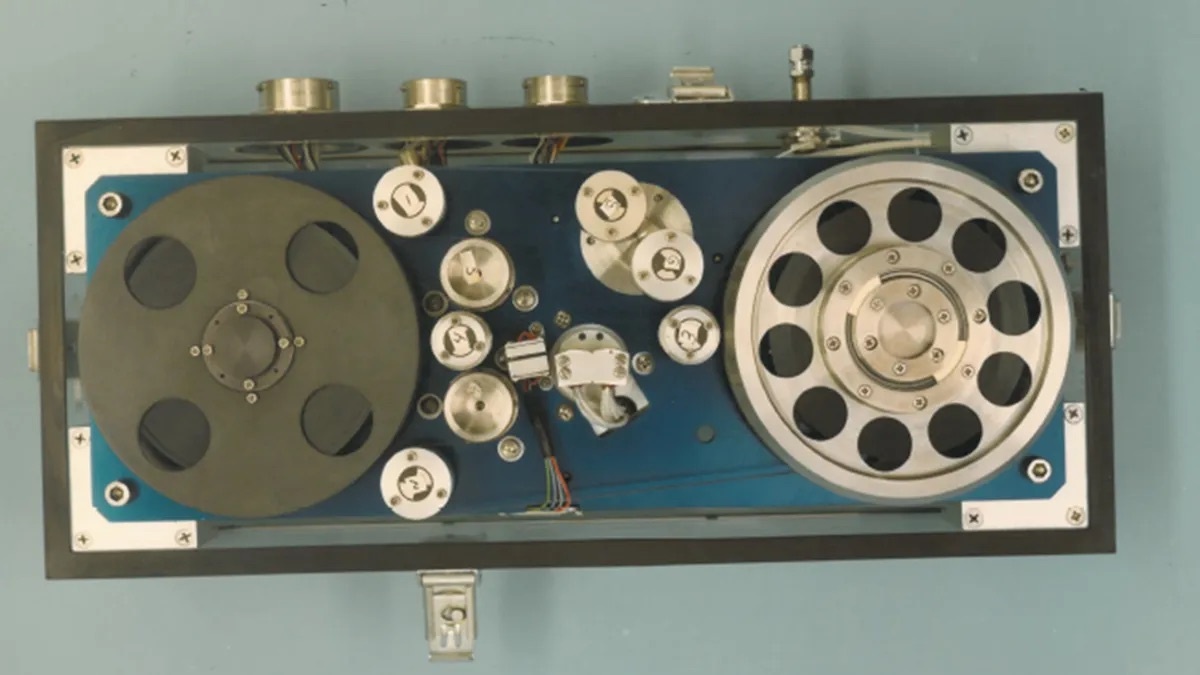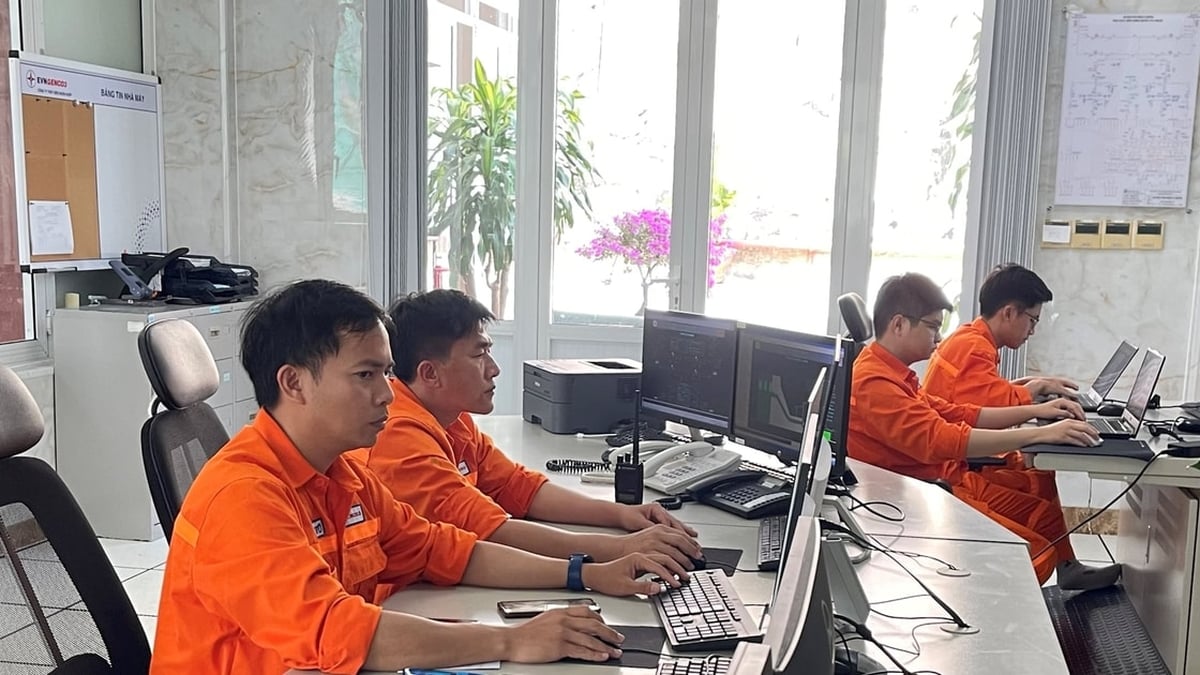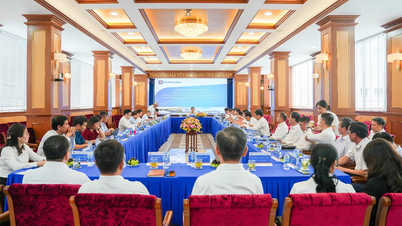 |
Illustration of the Voyager 1 spacecraft entering interstellar space in 2012. Photo: NASA . |
NASA launched Voyager 1 and Voyager 2 in 1977 with the goal of exploring the outer planets of the Solar System - Jupiter, Saturn, Uranus and Neptune. After passing these planets, both spacecraft continued their journey into interstellar space, Voyager 1 in 2012 and Voyager 2 in 2018.
The two spacecraft have become the farthest man-made objects from Earth and continue to transmit scientific data, although their power sources are gradually decreasing and scientists are turning off non-essential equipment to extend the mission's lifespan.
The Voyager spacecraft also carry the oldest computers still in operation. Each spacecraft has three computers: an 18-bit command control system, a 16-bit flight data system, and an 18-bit attitude and motion control system. All three were built by General Electric for NASA’s Jet Propulsion Laboratory (JPL). Each type has two computers, one primary and one backup.
These computers are located about 25 billion kilometers from Earth, more than 160 times the distance from the Earth to the Sun. Despite the reported problems, the computers have been running well after remote software updates.
“CPUs have clock speeds of just 250 kHz,” NASA says. That’s far too small a unit to measure the clock speeds of modern CPUs. The A18 chip in the iPhone, for example, has a maximum clock speed of 4 GHz. Each GHz is equivalent to 1 million kHz.
 |
The 8-track digital recorder is the computer's memory, still working after decades. Photo: NASA . |
The computers’ memory is also modest. The total storage capacity is 68 Kb, about the size of a small JPEG image. But this is still enough to send scientific data from outside the Solar System back to Earth, by overwriting old data with new data.
Communication from Earth to the computer took about 23 hours. The Voyager computer hardware was the same as the day it launched, but the flight data system software was updated remotely by NASA engineers to fix bugs.
Aside from the Voyager computer, the use of legacy electronics is common in governments and large organizations. The U.S. military, for example, only recently stopped using floppy disks to control nuclear weapons. The U.S. air traffic control system still uses a combination of floppy disks, hard copy, and Windows 95 to control passenger flights.
Source: https://znews.vn/may-tinh-cach-trai-dat-25-ty-km-van-dang-hoat-dong-post1577130.html






















![[Photo] “Moving forward with Vietnam” on the most romantic road in Vietnam](https://vphoto.vietnam.vn/thumb/1200x675/vietnam/resource/IMAGE/2025/8/16/0ee500bc59fd4468863261ee26f47fe7)





![[Photo] National Assembly Chairman Tran Thanh Man attends the program "Returning to the source - Towards the future"](https://vphoto.vietnam.vn/thumb/1200x675/vietnam/resource/IMAGE/2025/8/16/d081d9c162ee4ed9919e723aa322a53a)
![[Photo] General Secretary attends the inauguration ceremony of the Ministry of Public Security Headquarters](https://vphoto.vietnam.vn/thumb/1200x675/vietnam/resource/IMAGE/2025/8/16/3ceec3a24ef945c18ae2b523563b749d)


































































Comment (0)